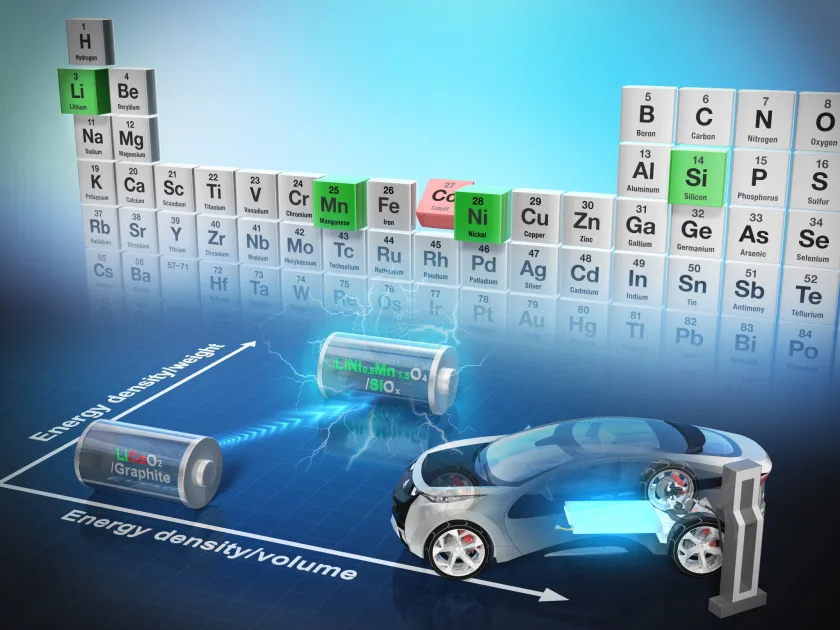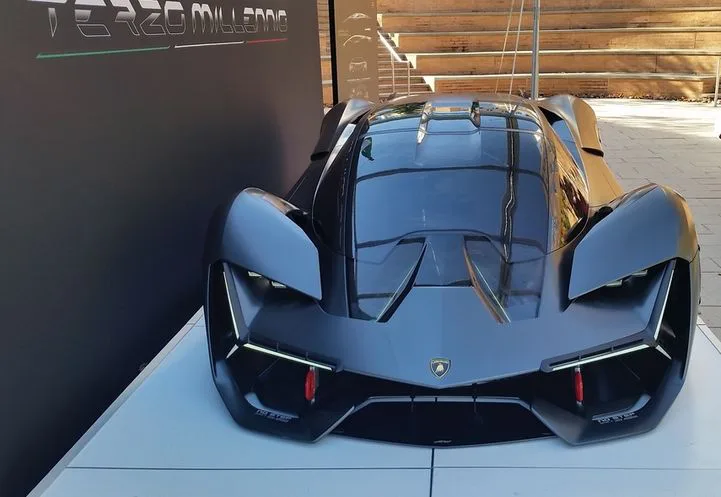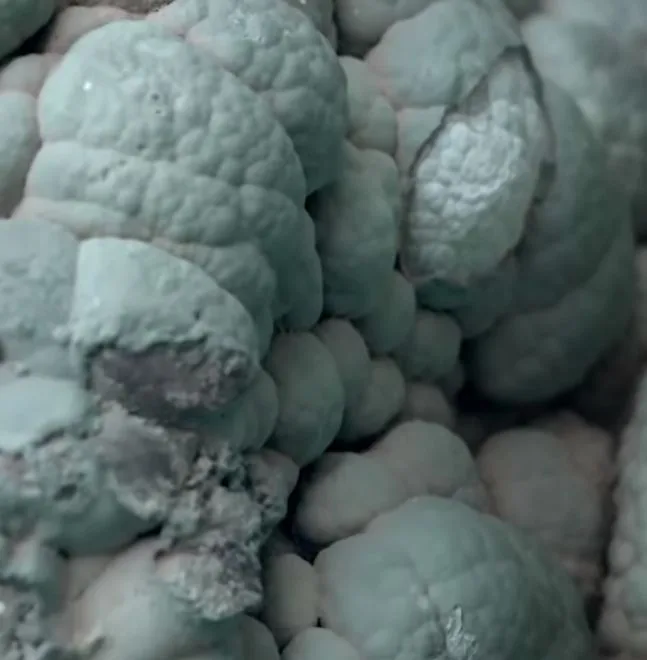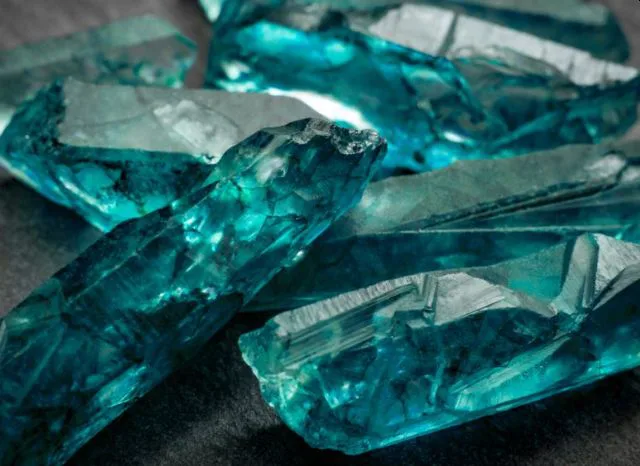
In the world of electric vehicles, lithium-ion batteries are always preferred and they often contain cobalt. While cobalt plays a crucial role in these batteries, its extraction and processing bring about a set of challenges.
Thinking on these lines, MIT researchers have crafted a battery material with the potential to revolutionize the sustainability of electric cars. This groundbreaking lithium-ion battery boasts an organic material-based cathode. Thus, stepping away from the conventional use of cobalt or nickel, which is often present in such batteries.
In their recent study, these researchers showcased the potential of their groundbreaking material. It not only promises substantially reduced production costs compared to batteries containing cobalt but also demonstrates electrical conductivity rates on par with traditional cobalt batteries.
Moreover, the newly developed battery boasts a storage capacity comparable to that of cobalt batteries. And it features an accelerated charging capability.
Alternatives to Cobalt
Since, most electric cars run on these lithium-ion batteries. They work by charging up as tiny lithium ions move from a plus sign (that’s the cathode) to a minus sign (the anode). Now, in these batteries, they usually throw in a bit of cobalt in the cathode. Why? ‘Cause cobalt is pretty good at keeping things stable and packing in lots of energy.
But, here’s the catch! There are notable downsides to using cobalt, despite its positive qualities. First off, it’s kind of rare, so its price can go all over the place. And most of the substance is hiding in countries where the politics are a bit shaky.
And when they dig up cobalt, it’s not exactly a clean job. Workers face some pretty dangerous conditions. And the process spits out nasty waste that messes up the land, air, and water around the mines.

Lithium-Iron-Phosphate as One Option
Since cobalt has so many issues, scientists are putting in a bunch of effort to find other stuff that works for batteries. One option on the table is lithium-iron-phosphate, or LFP for short. Some car companies are starting to use it in electric vehicles.
But here’s the deal: LFP, while it gets the job done, only packs about half the punch when it comes to energy compared to cobalt and nickel batteries. So, it’s like a good alternative, but not quite as powerful.
Conductivity, Storage Capacity, and Binder Issues with Organic Alternative
There’s also this other option with organic materials, and it sounds cool. The hitch is, most of these haven’t been able to keep up with cobalt-containing batteries when it comes to conducting electricity, storing power, and lasting a long time.
These organic materials usually have low conductivity. So, to make them work better, they have to team up with binders like polymers, which keep things flowing smoothly. But here’s another catch – these binders end up making up at least half of the whole material, and that drags down the battery’s storage capacity. Not ideal.
Dincă’s Lab Discovers Magical Organic Material for Extended Battery Lifespan
About six years back, Dincă’s lab, with a boost from Lamborghini, dove into crafting an organic battery for electric cars. While they were messing around with these porous materials, mixing organic and inorganic stuff, they accidentally stumbled upon a fully organic material that seemed like it could conduct some serious power.
This material is like a sandwich with many layers of TAQ (bis-tetraaminobenzoquinone). This small organic thing with three fancy fused rings. These layers fanned out like a graphite-style structure. The real magic happens inside the molecules, where quinones stash away electrons, and amines form these super-strong hydrogen bonds.
Now, these bonds aren’t just for show. They give the material crazy stability and make it really hard to dissolve – like, super insoluble. And that’s a big deal because it stops the material from melting away into the battery juice, a problem some other organic batteries have. So, what happens in the end? Well, you get a battery that hangs in there for a much longer time.

TAQ Cathode Powers Faster Charging Electric Vehicles with Enhanced Lifespan
Now, tests on this material revealed that its conductivity and storage capacity are on par with traditional cobalt-containing batteries. What’s even more awesome? Batteries with a TAQ cathode can charge up and drain faster than our current batteries. That means electric vehicles can charge up faster.
To keep this organic material in check and help it stick to the battery’s current collector (the copper or aluminum part), the researchers tossed in some fillers like cellulose and rubber. Now, these fillers make up less than a tenth of the whole cathode combo, so they don’t mess too much with the battery’s storage capacity.
But here’s the genius move – these fillers also stop the battery cathode from cracking when it’s doing its thing and charging up with lithium ions. It’s like giving the battery a longer life.
All that is required to make this type of cathode are a quinone precursor and an amine precursor, both of which are easily available in large quantities in the commercial world.
According to the researchers, making these organic batteries could be about one-third to one-half the cost of cobalt batteries. Isn’t that a budget-friendly innovation!

Takeaway
The impact of this breakthrough could be substantial and transformative in several ways, for instance:
- EVs equipped with this technology could significantly reduce charging times. Thus, making electric vehicles more practical and appealing to consumers.
- The addition of fillers like cellulose and rubber not only maintains storage capacity but also prevents cathode cracking during charging. This innovation could lead to longer-lasting batteries, increasing the overall lifespan of electronic devices and electric vehicles.
- The researchers suggest that manufacturing these organic batteries could be significantly cheaper. This cost-effectiveness could make electric vehicles more affordable, fostering broader adoption.
Over all, this breakthrough may inspire further research and advancements in energy storage systems. Who knows what kind of futuristic energy solutions we’ll be talking about next? The possibilities are wide open!



